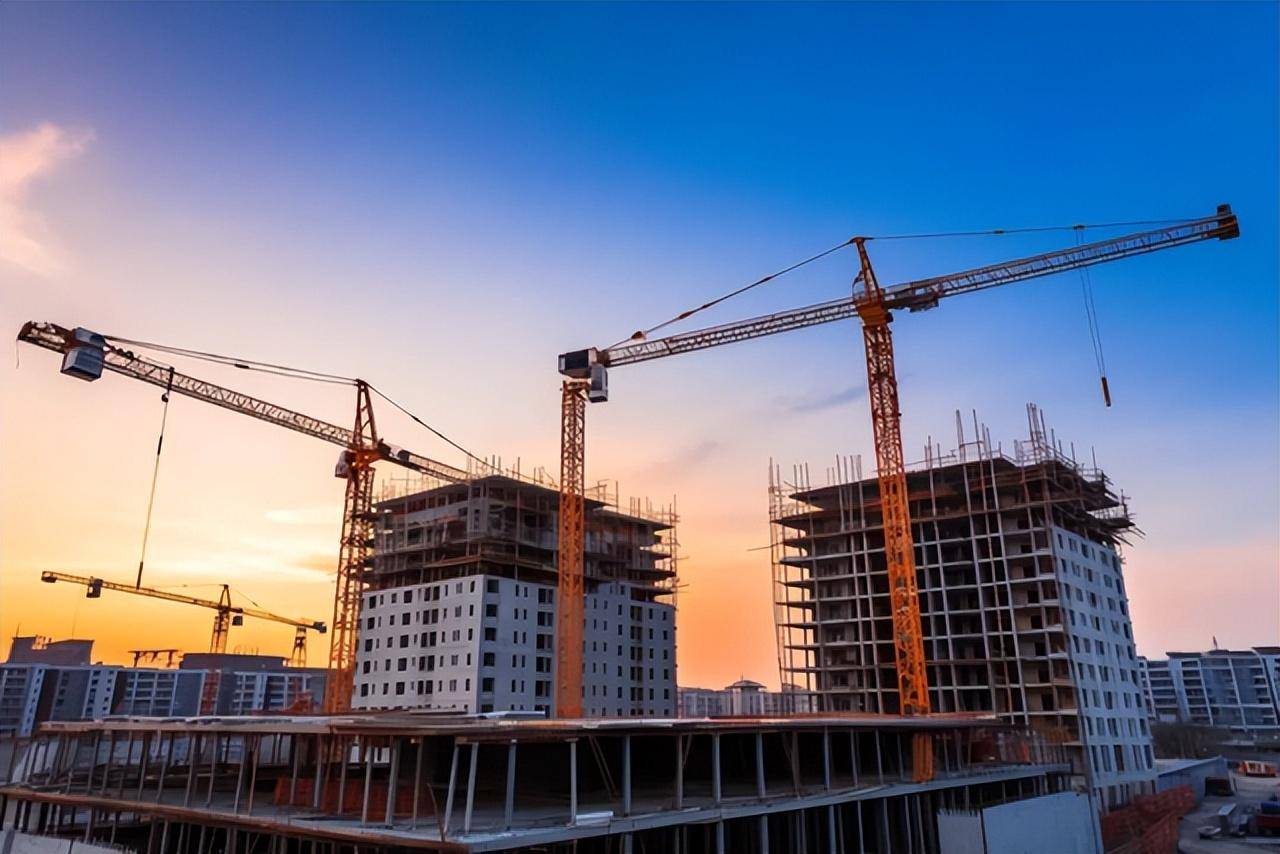Application of defoamers in the construction industry
Defoamers used in the construction industry can effectively eliminate and suppress bubbles generated during the production and use of building materials, thereby improving product quality, enhancing construction effectiveness, and ensuring structural safety. They play an important role in the construction industry. They are mainly used to solve the foam problem generated in the production process of building materials.
There are various types of defoamers used in the construction industry, which can be classified into the following categories based on their different chemical compositions and application characteristics:

Silicone oil defoamer:
It has a good defoaming effect and can form a thin film on the surface of the liquid, preventing the formation and diffusion of bubbles.
Suitable for defoaming needs in the production process of various building materials.
Polymer defoamers:
Efficiently reduce the surface tension of liquids, thereby eliminating bubbles.
It has good stability and high temperature resistance, suitable for use in high temperature environments.
Organic silicon defoamer:
Quickly reduce the surface tension of the liquid, eliminate bubbles, and have minimal impact on the performance of the liquid.
Widely used in the production process of building materials such as concrete and mortar.
Surfactant defoamers:
Effectively reduce liquid surface tension, eliminate bubbles, and have good dispersibility and stability.
Suitable for defoaming in liquid systems such as coatings and adhesives.
Defoamers for the construction industry are widely used in the following fields:
Concrete production:
In the process of concrete mixing, due to the influence of various additives and mixing methods, it is easy to produce a large number of foam. The use of defoamers can effectively eliminate these foam and improve the strength and stability of concrete.
Mortar production:
Mortar will also encounter the problem of foam in the production process. The addition of defoamer can significantly improve the fluidity and working performance of mortar.
Paint production:
Coatings are prone to producing bubbles during preparation and application, which can affect the smoothness and aesthetics of the coating. The use of defoamers can eliminate these bubbles and improve the quality of the coating.
Adhesive production:
Bubbles in adhesives can affect their bonding strength and durability. By adding defoamers, the stability and reliability of the adhesive's performance can be ensured.
Defoamers used in the construction industry have the following advantages and characteristics:
Efficient defoaming:
It can rapidly reduce the surface tension of foam, destroy the stability of foam, and make it dissipate rapidly.
Long lasting foam suppression:
While defoaming, it can also inhibit the regeneration of foam for a long time and maintain the stability of the liquid.
Good compatibility:
It has good compatibility with various building materials and additives, and will not have a negative impact on its performance.
Environmental protection and safety:
Modern building industry defoamers are often made of environmentally friendly materials, which are non-toxic and harmless, and meet environmental protection requirements.
Selection suggestions
When choosing defoamers for the construction industry, the following factors need to be considered:
Application areas:
Select the appropriate type of defoamer based on specific application areas and requirements.
Performance requirements:
Pay attention to the performance indicators of defoamers, such as defoaming speed, defoaming time, compatibility, stability, etc.
Cost effectiveness:
Taking into account the price and performance of defoamers, choose products with high cost-effectiveness.
Environmental regulations:
Ensure that the selected defoamer complies with local environmental regulations and requirements.
In short, defoamers used in the construction industry play an important role in the construction industry. They can effectively solve the foam problem in the production process of building materials, and improve product quality and production efficiency. When selecting, reasonable choices should be made based on specific needs and conditions.

 English
English
 Chinese
Chinese Vietnamese
Vietnamese
 HOME
HOME
 PRODUCT
PRODUCT
 NEWS
NEWS
 CONTACT
CONTACT


